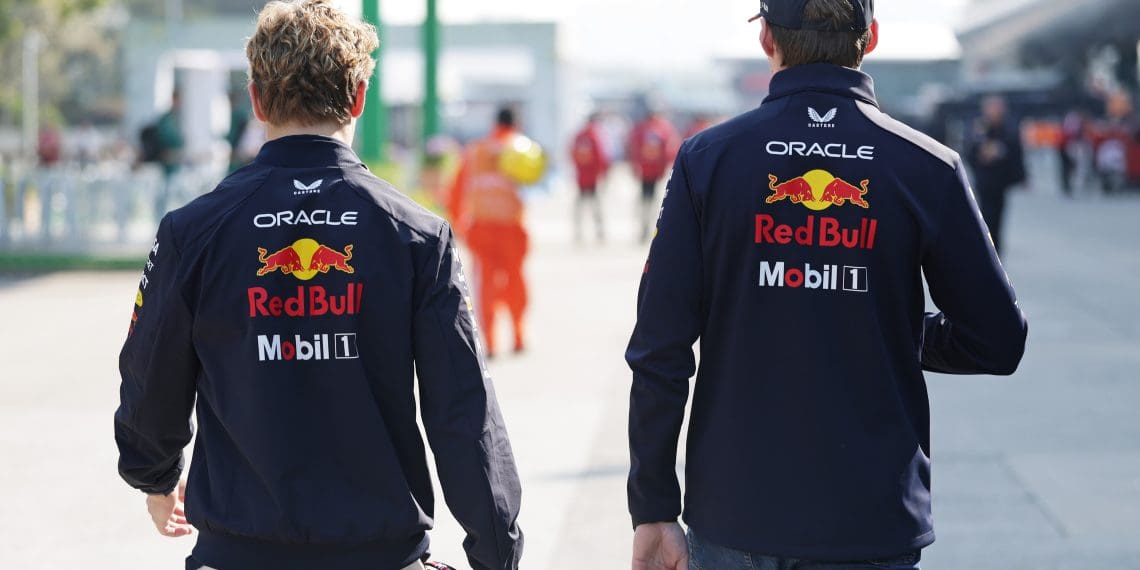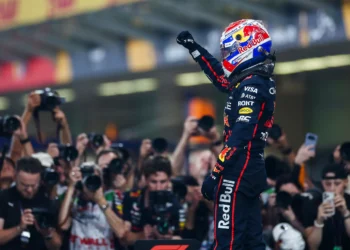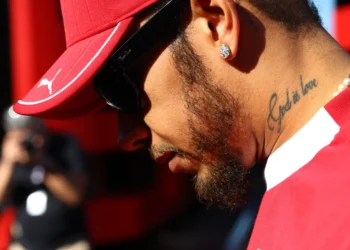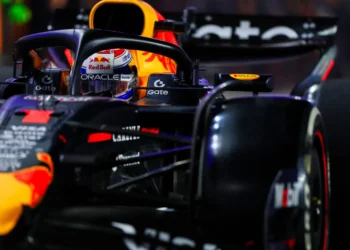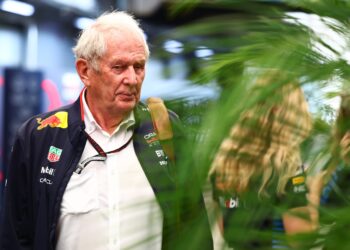Red Bull’s second driver, Liam Lawson, has stumbled out of the gate in a debut that mirrors the troubled beginnings of numerous predecessors. This New Zealand native’s initial performance at the Chinese Grand Prix, where he was eliminated in the first round of qualifying and finished last in Shanghai, casts a worrisome shadow over his early career with Red Bull.
This situation is reminiscent of the ongoing struggle Red Bull has faced since the arrival of Max Verstappen nearly a decade ago. The Dutch driver’s exceptional talent and strong personality have led him to four consecutive title victories since his 2021 win over Lewis Hamilton. However, this success has come at a price, with the secondary driver usually facing an uphill battle. While Daniel Ricciardo managed to hold his own during his tenure with Verstappen, the team’s support was clearly behind Verstappen, leading Ricciardo to venture into relative obscurity with a mid-field team.
Red Bull’s attempts to find a suitable counterpart for Verstappen have met with mixed results. Pierre Gasly, who wilted under the pressures of the team, found success with Red Bull’s sister team, AlphaTauri. Alex Albon, too, faced a similar fate despite a longer stint with Red Bull. Sergio Perez, a vetted choice, balanced an underwhelming first season by proving valuable against Lewis Hamilton. His cooperation and high-performance stints led to a four-year stint of relative stability. However, despite holding his own against Verstappen on occasion, his performance eventually declined.
The choice of Lawson as the secondary driver was a calculated risk. While Yuki Tsunoda, an established driver, was the seemingly logical choice, Lawson’s potential and mental resilience gave him an edge. However, after a lackluster test in Bahrain and an early exit in Australia, Lawson’s performance has been underwhelming. Despite Verstappen proving the capability of the RB21, Lawson has struggled to get out of Q1.
Lawson’s rocky start is reminiscent of the struggles faced by his predecessors in the same cockpit, leading to increased pressure. His lack of experience and the tricky nature of the RB21 have contributed to his lackluster performance. While not having raced at Albert Park or the Shanghai International Circuit before has been a disadvantage, it doesn’t lessen the need for him to step up his game.
Lawson’s performance stands in stark contrast to rookies like Kimi Antonelli, Gabriel Bortoleto, Isack Hadjar, and Jack Doohan, who have put their teammates under pressure right away. While Lawson hasn’t been tasked with matching Verstappen, he is expected to be within a few tenths of the Dutch driver and score points – a task he has yet to accomplish.
Despite Lawson’s potential and adaptability across various championships, his current performance is untenable for Red Bull. Whether it’s the pressure or the unique nature of the RB21, Red Bull needs to take action before it’s too late to compete for the title against teams like Mclaren, Ferrari, and Mercedes.
Lawson’s struggle might also be indicative of a fundamental issue in Red Bull’s design philosophy. If the team’s future lies in a succession plan that hinges on drivers like Lawson, then it’s essential to ensure that the car design allows for immediate comfort and performance.
With Tsunoda performing well and Lawson under immense pressure, a driver swap might be on the horizon. However, this could be a short-term solution to a deeper issue. Red Bull’s future success depends on its ability to develop a car that can be driven by drivers other than Verstappen. The time to act is now, and the stakes have never been higher.

